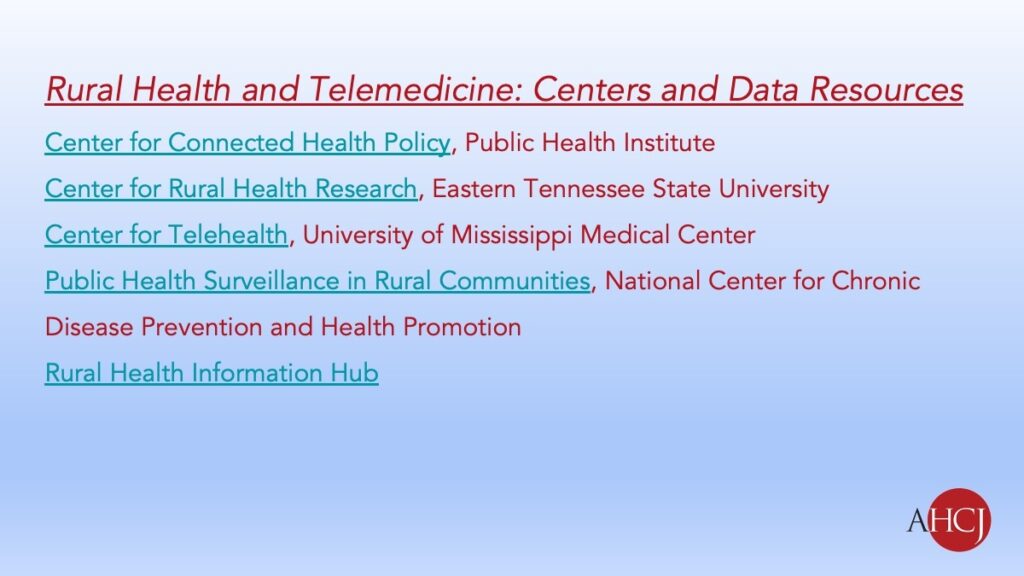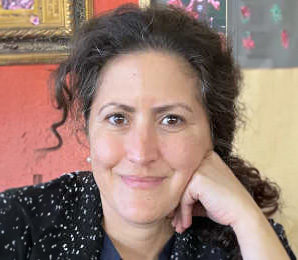
Americans living in rural areas are less likely to use telehealth services than urban residents. The reasons are not unique to them: they may have concerns about giving private information over the internet or don’t know how to find their way around technology. But slow internet speed and reliability problems appear to most affect access to telehealth services in those communities.
That suggests that people in those parts of the United States may not be getting access to quality health care in part because “if you are getting spotty access, you’re not going to have a real consult,” Sinsi Hernández-Cancio, J.D, a vice president at the National Partnership for Women & Families. Hernández-Cancio said the demand for those telehealth services during the coronavirus pandemic underscored the need to upgrade older telecommunications infrastructure in less dense areas of the United States and exposed technological shortcomings in telehealth and user barriers to it.
The state of internet services infrastructure was among the equity measures that health care experts discussed in “The truth about telemedicine: promise and limitations,” a panel at Rural Health Workshop 2022 in Chattanooga, Tenn. The daylong event held on July 14, 2022, included sessions about finding trend data on rural areas and efforts to recruit people to the nursing profession to serve less populated areas of the country.
As people who live in rural communities age and those areas continue to struggle to attract nurses, doctors, and other medical professionals, telehealth services — whether online- or phone-based — will remain a critical option for the roughly 46 million Americans living there. In reporting about the evolution of telemedicine technology and practice protocols, as well as the increasing demand for remote health care services for reasons beyond curbing the spread of COVID-19, you may want to include context about some of the topics that came up during the panel, including:
- Internet subscription trends by race and ethnicity in rural and urban areas.
- Telemedicine use patterns in U.S. race and ethnic groups.
- Patient education related to telemedicine programs.
- Insurance coverage of telehealth visits.

Challenges in telehealth services
There are other reasons beyond technological ones that affect people’s use of telehealth services, the panelists said. Some people already have a high distrust of the health care system because they have had providers who haven’t been sensitive to their needs and concerns or have expressed racist comments. Others may have jobs and living arrangements that don’t allow them to have private consultations with health care providers. And people living with physical limitations that make it painful or uncomfortable to type or press buttons may not want to use online based telemedicine services.

Other limitations to remote care services have to do with health care policies and practice, the panelists said. Some doctors may not be allowed to practice in multiple areas, making it more challenging for people to get care. And insurance carriers may have different coverage rules regarding online-based doctor’s appointments.
Sarah Jane Rhoads, Ph.D., professor and chair of the Department of Community and Population Health at the University of Tennessee Health Science Center, has been studying the evolution of telehealth medicine technology and its influence on medical care for more than 15 years. The women’s health nurse practitioner said that it’s not just the patients who have trouble adjusting to telehealth visits. Some physicians, for example, struggle with software because they aren’t tech savvy and others aren’t trained correctly on proper digital bedside manner.
In Mississippi, a program that’s reached rural residents for decades
Among telehealth services programs around the country, the Center for Telehealth at the University of Mississippi Medical Center stands out for being at the forefront of offering remote services in a state where more than 50% of the population lives in rural communities. Panelist Tearsanee Carlisle Davis, D.N.P., a nurse practitioner and the center’s director of clinical programs and strategy, shared information about the history and initiatives of the institution that has been offering remote services since the 1990s. The medical center has partnered with 20 emergency departments in less populated areas to provide telehealth services and offers virtual mental health and urgent care visits.
More AHCJ blog posts about telemedicine trends
To learn more about the influence of telemedicine in the health care industry, follow the blog posts and tip sheets by Karen Blum, AHCJ’s core topic leader on Health IT. We’ve shared some of them below.







